Who We Are: The Story of NOLA Public Schools
In August 2005, Hurricane Katrina unleashed unprecedented devastation on New Orleans, submerging 80% of the city and destroying or severely damaging 110 of 126 public school buildings. The storm shattered the New Orleans Public Schools system, displacing families and educators and leaving the future of public education uncertain. Yet, from this tragedy emerged a transformative journey of resilience, innovation, and community-driven progress. Twenty years later, NOLA Public Schools (NOLA-PS) has not only rebuilt but redefined itself as a beacon of educational excellence, unified under local control and committed to ensuring student success.
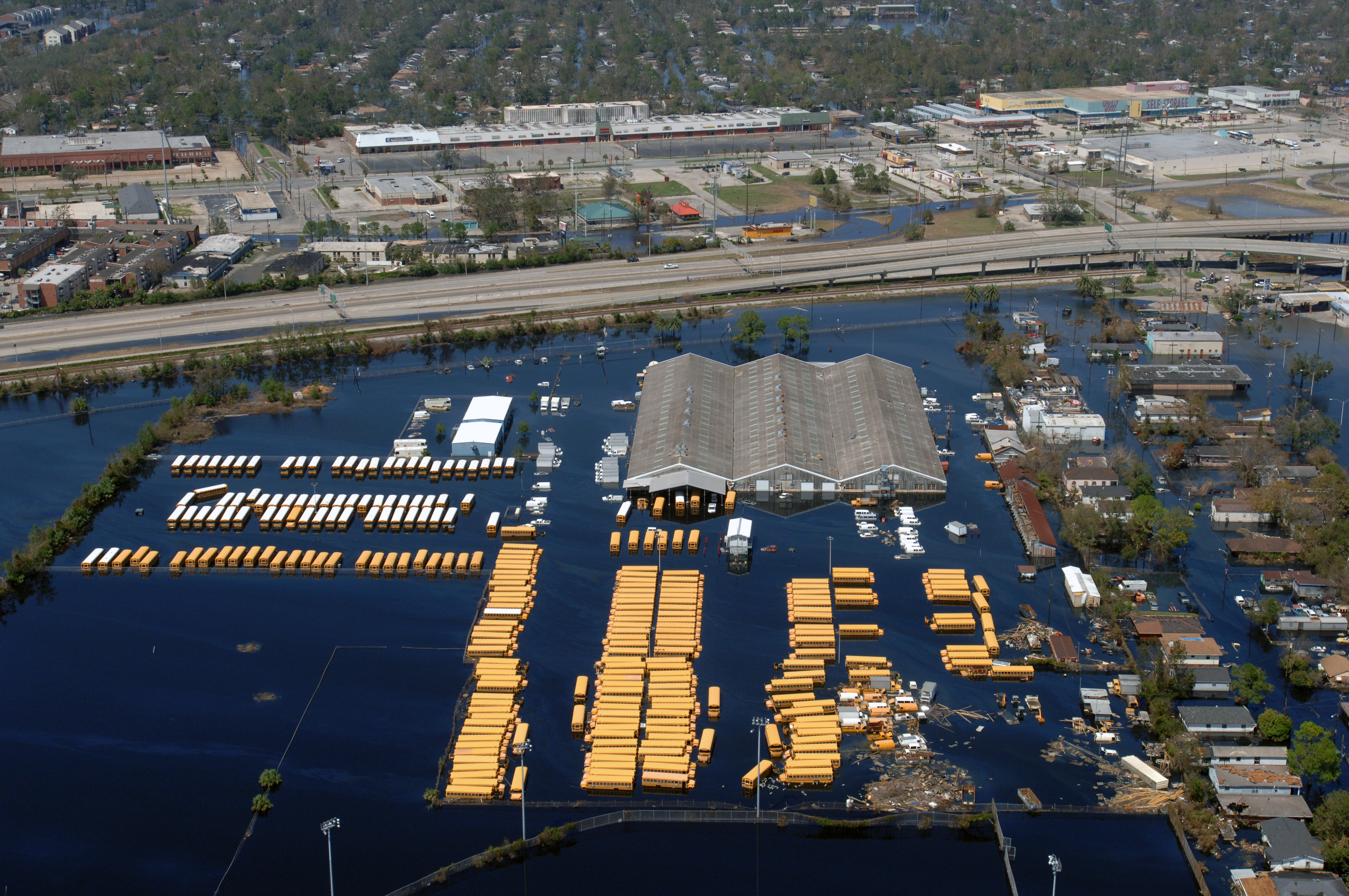
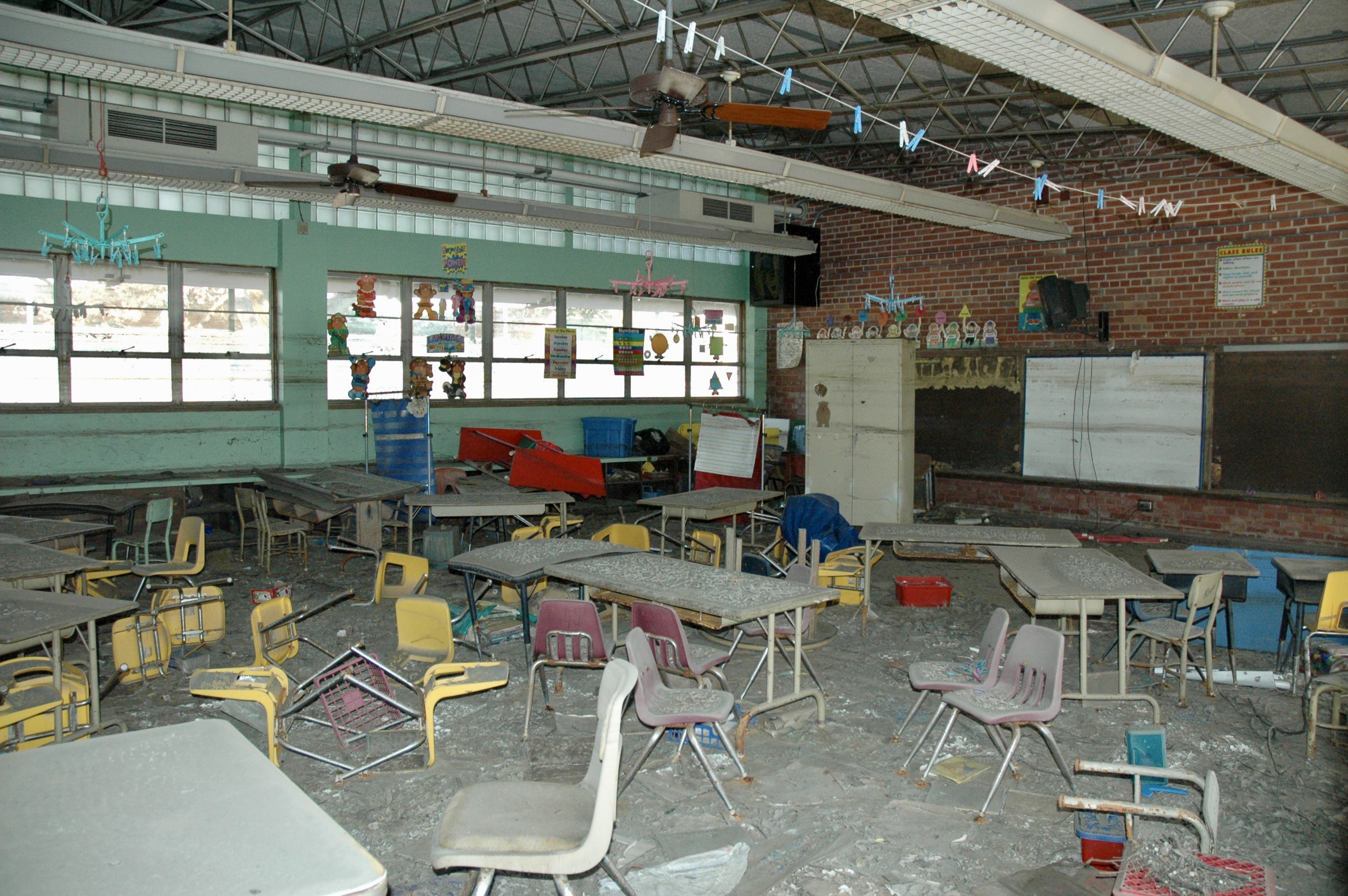
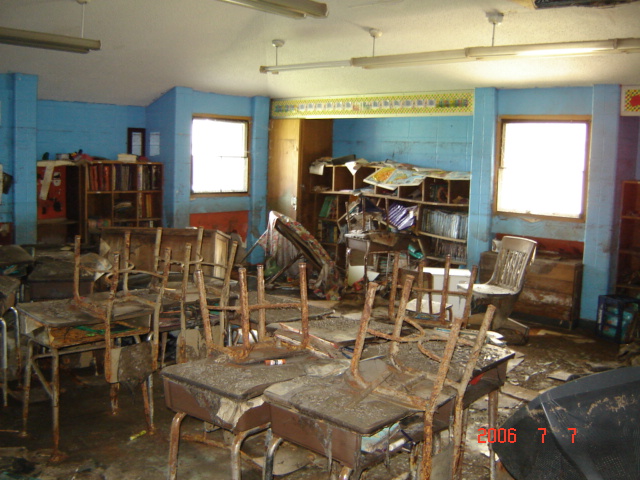
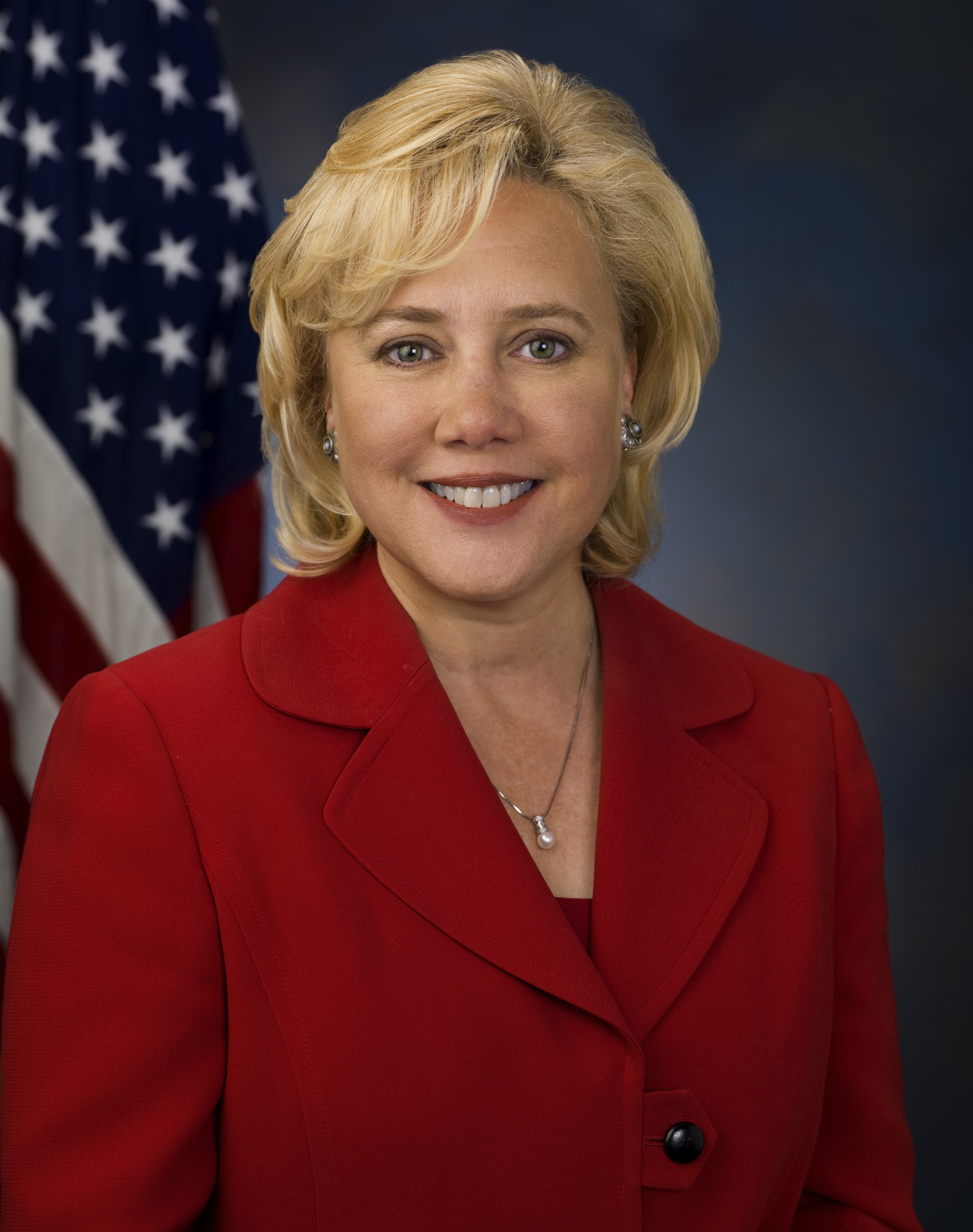
The road to recovery began with urgent action. The Federal Emergency Management Agency’s (FEMA) Stafford Act, ill-equipped for such a catastrophe, was amended through legislation championed by Senator Mary Landrieu, enabling faster reconstruction of public facilities. This paved the way for a $1.8 billion FEMA settlement to fund the School Facilities Master Plan adopted in 2008 by the Orleans Parish School Board (OPSB) and the Louisiana Board of Elementary and Secondary Education (BESE). The plan, shaped by extensive community input, aimed to ensure every student attended a new, renovated, or refurbished school. Between 2014 and 2020, a school-building boom flourished, resulting in 32 new schools, 17 renovations, 31 refurbishments, and 9 preservations, totaling over $2 billion in investments. Schools like Langston Hughes Elementary, L. B. Landry, and George Washington Carver High School stood as testaments to a city determined to rebuild better than before.
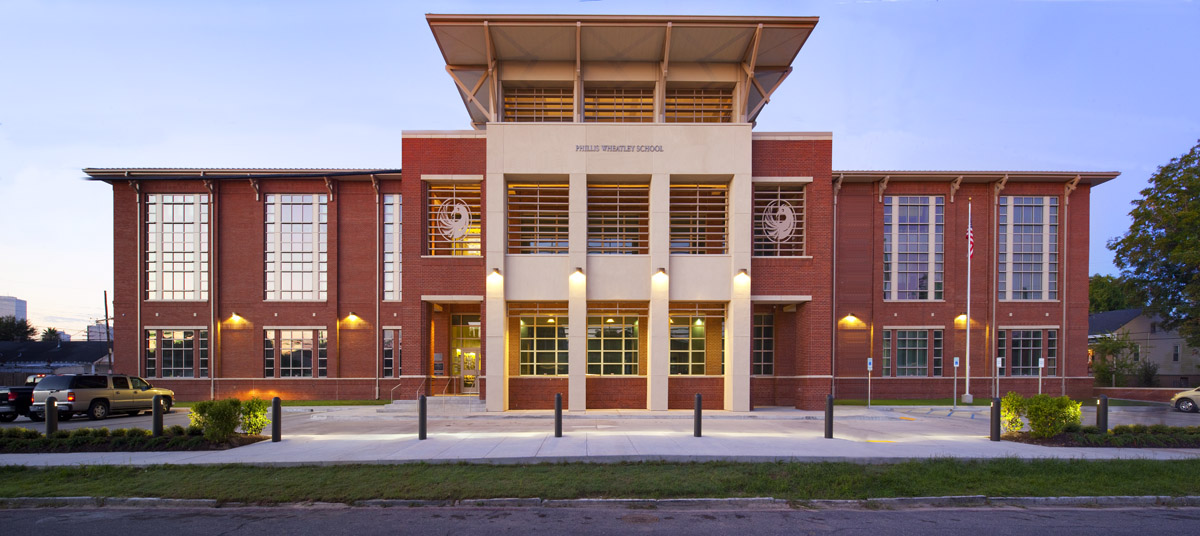

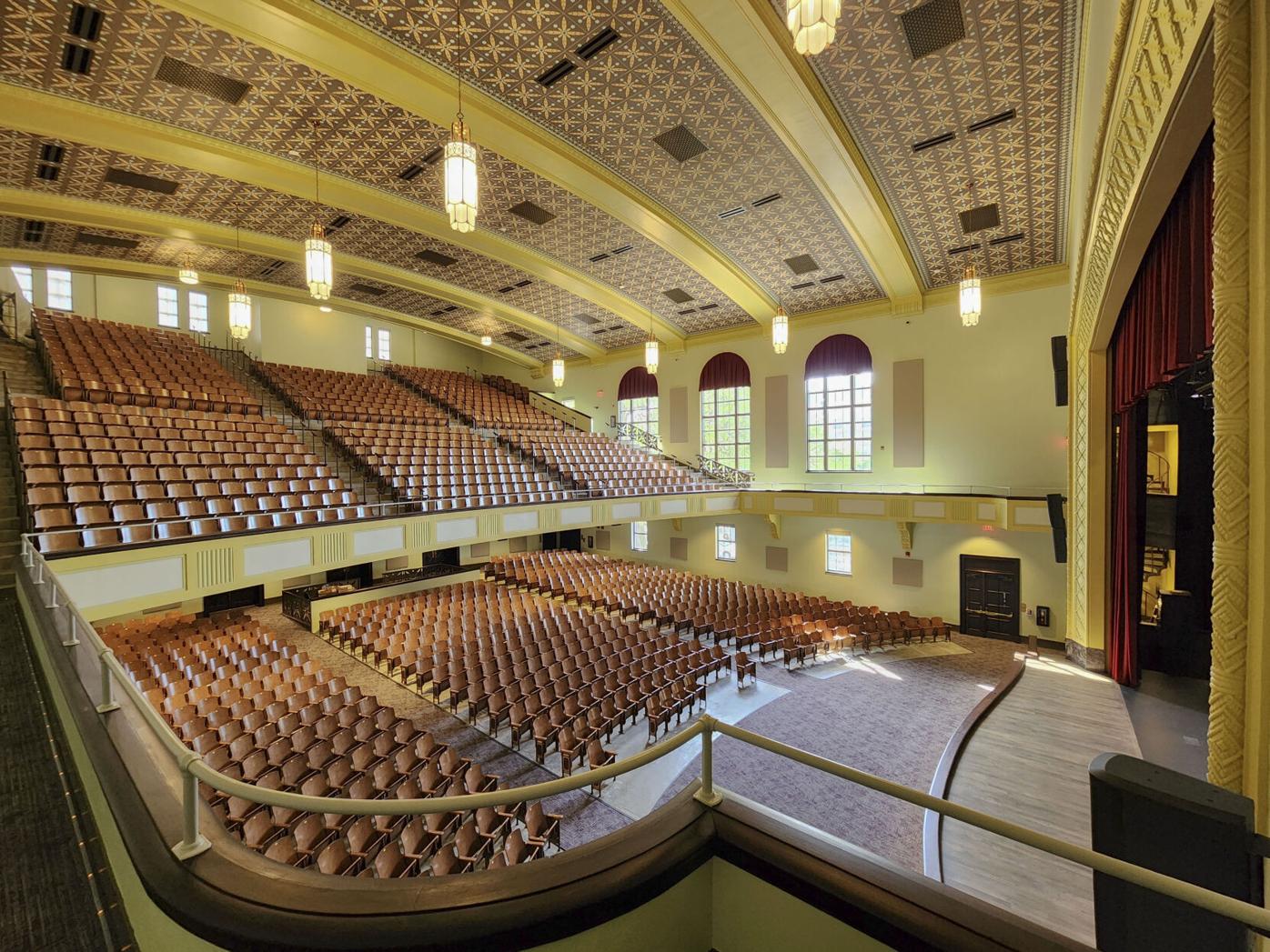
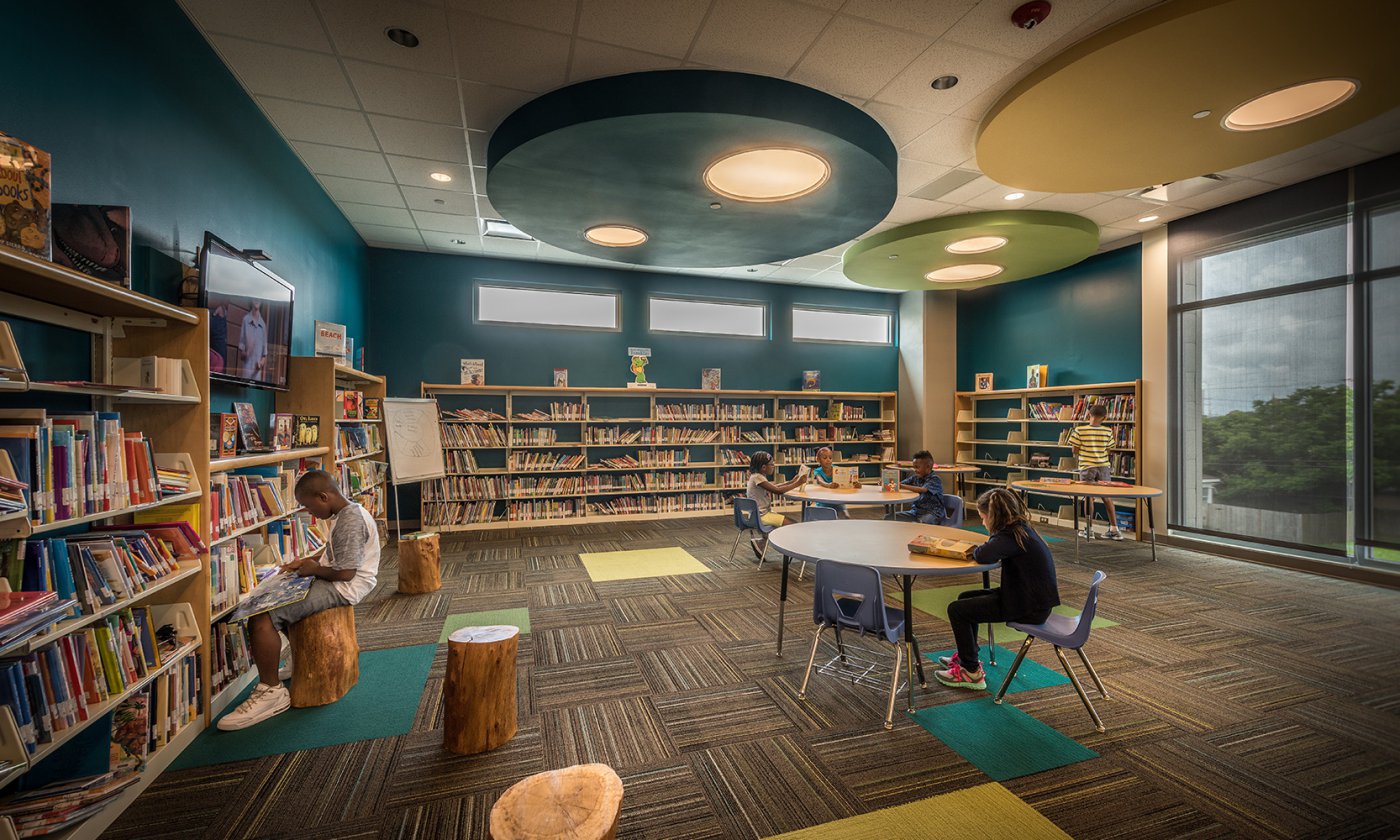

Amid physical reconstruction, a bold educational transformation unfolded. In 2005, the Louisiana Legislature passed Act 35, transferring 112 of 128 Orleans Parish schools to the state-run Recovery School District (RSD), which converted many into charter schools to expedite reopening. This marked the beginning of a shift toward an all-charter system, a model unique in the nation. By 2015, the RSD and OPSB oversaw a mix of charter and direct-run schools, but the vision of local control persisted. Through diplomacy and collaboration, the school superintendent and community leaders built relationships with state legislators, educators, and residents, culminating in Act 91, signed on May 12, 2016. This legislation mandated the return of RSD schools to OPSB governance by July 2018, unifying all public schools in New Orleans under NOLA Public Schools (NOLA-PS) as an all-charter district with a central office.

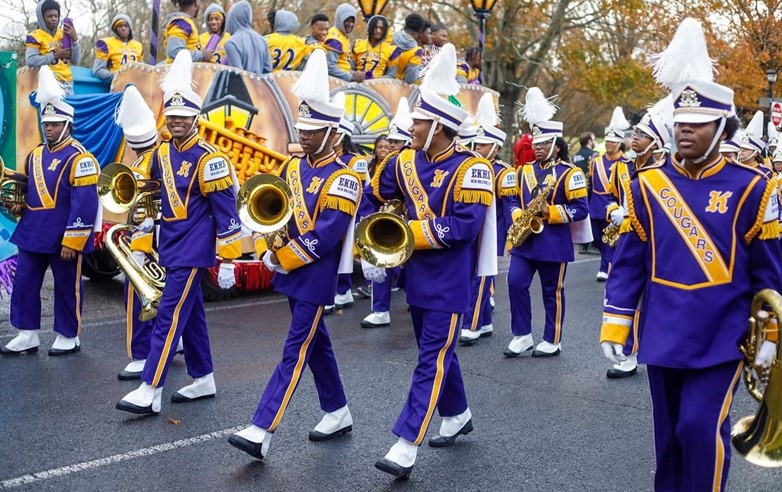

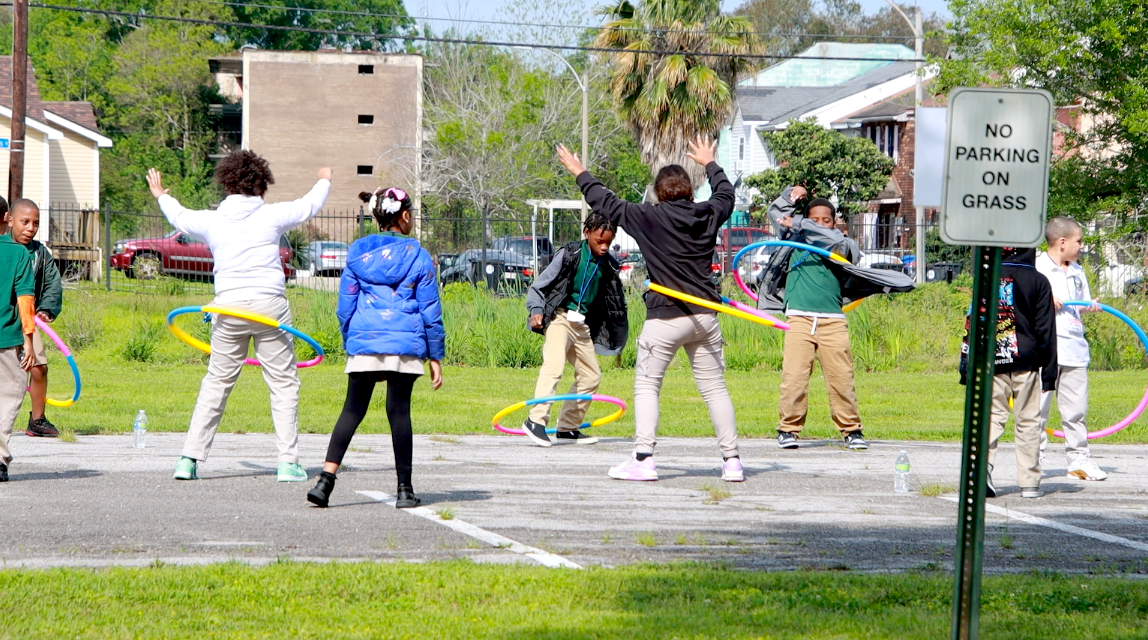
The 2024-2025 school year has showcased the fruits of these efforts. NOLA-PS’ District Performance Score (DPS) rose by over four points to 74, narrowly missing a “B” rating by one point but surpassing pre-COVID-19 levels, marking the highest DPS under the current School Performance Score (SPS) model. Ninety percent of NOLA-PS schools earned “A” or “B” progress grades, with 75% improving their SPS by 1 to 27 points. Fourteen schools advanced at least one letter grade, and notably, no school received an “F”. Twenty schools earned Top Gains Honoree recognition, and six were named Opportunity Honorees for supporting historically disadvantaged students. These achievements reflected NOLA-PS’ focus on retaining talented teachers, delivering high-quality instruction, and supporting well-rounded development through arts, sports, and extracurriculars.
Beyond academics, NOLA-PS prioritized student well-being. The ThriveKids Student Wellness Program, a partnership with Manning’s Family Children’s launched in 2023 to provide mental and physical health services, has provided more than 5,100 counseling sessions and care coordination for more than 1,900 students across 63 campuses for 24-25 school year. In a city where PTSD rates are four times the national average, ThriveKids has addressed critical needs, helping students thrive academically and personally.
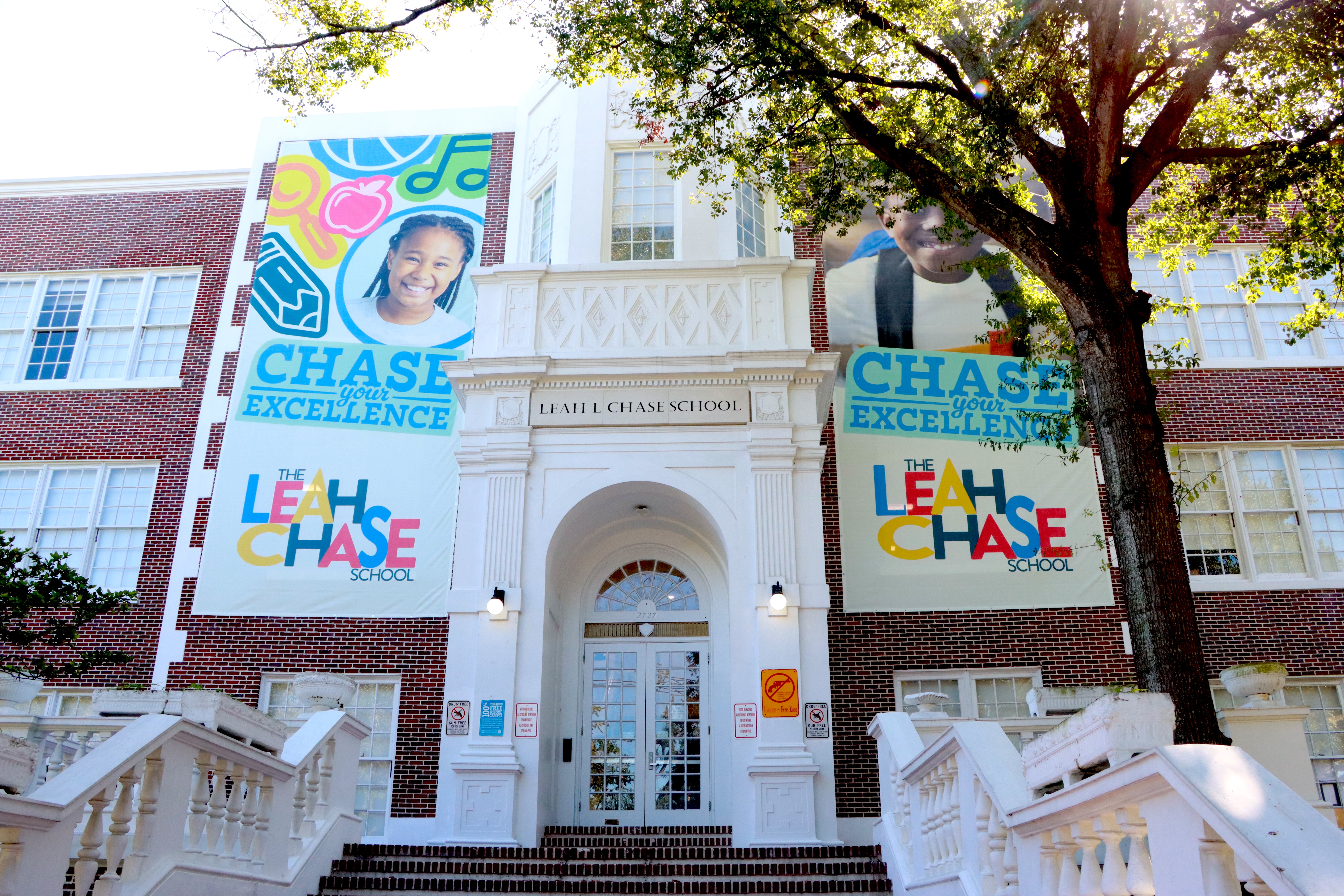
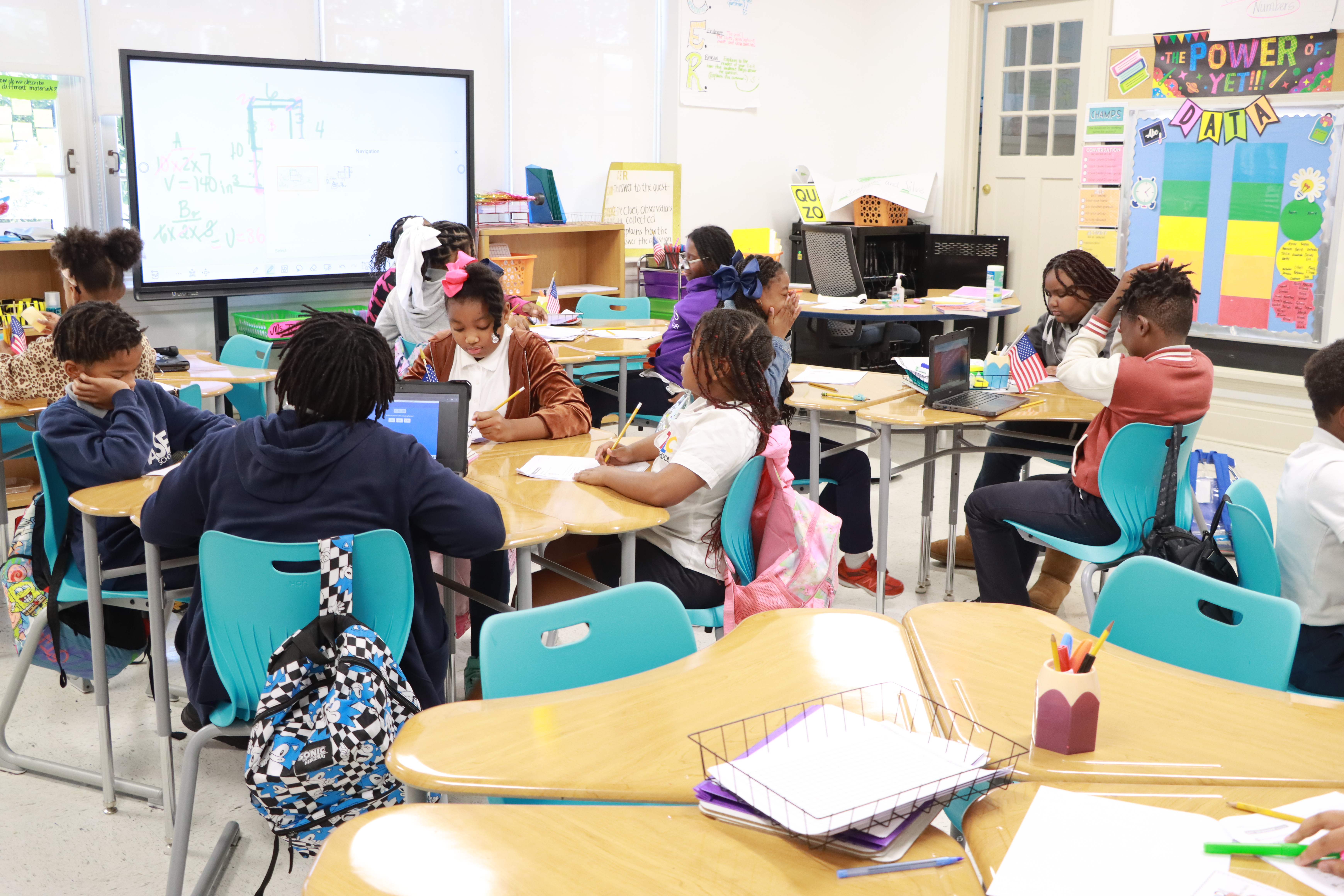
A milestone of 2024 was the opening of The Leah Chase School, NOLA-PS’s first, new direct-run traditional public school in nearly two decades. Responding to community demand for a neighborhood school, Principal Crystal LaFrance and her team welcomed over 280 K-5 students on August 6, 2024. The school offers a nurturing, arts-inclusive environment with tailored instruction and robust family engagement. It embodies NOLA-PS’ commitment to providing diverse, high-quality educational options.


Reflecting on 20 years since Katrina, NOLA-PS has stood as a testament to New Orleans’ resilience. The Education Research Alliance for New Orleans reported significant gains in test scores, graduation rates, and college outcomes, driven by strategic school transitions and increased funding.
Yet, challenges like opportunity gaps and teacher turnover persist, underscoring the need for the district’s ongoing work ensuring all students receive a high-quality education.
As NOLA-PS moves forward, it carries a legacy of community collaboration, innovation, and an unwavering belief in the potential of every student, proving that from the ashes of disaster, a stronger, more inclusive school system will continue to rise.
NOLA Public Schools 20 Years Later
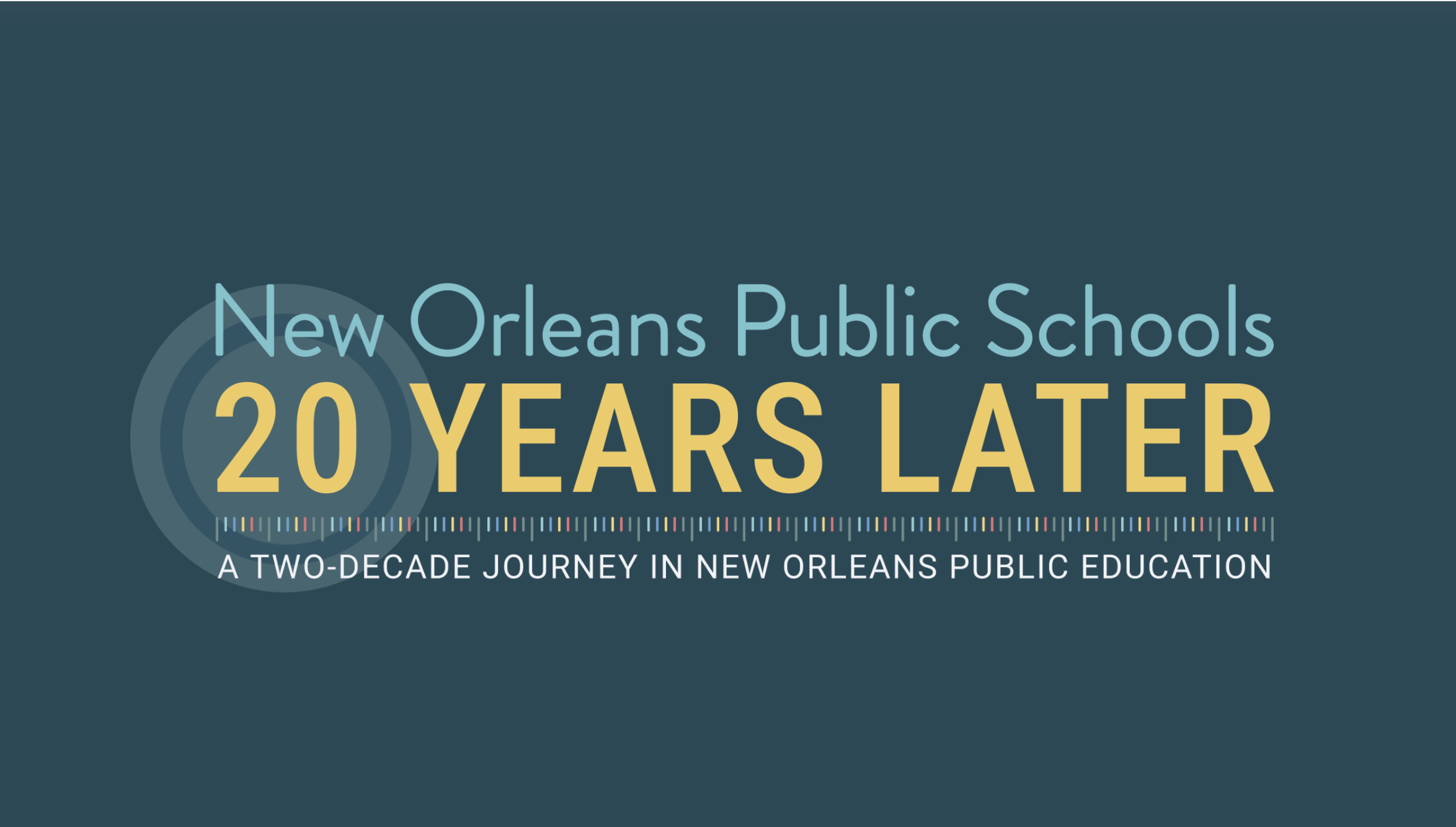
In commemoration of 20 years since Hurricane Katrina, NOLA Public Schools (NOLA-PS) and New Schools for New Orleans (NSNO), along with the Cowen Institute, launched New Orleans Public Schools: 20 Years Later, a digital timeline on the NOLA-PS Data Dashboard. This resource details two decades of educational transformation:
Key findings from the timeline include:
- A dramatic drop in failing schools: In 2005, 61% of New Orleans public schools were deemed “academically unacceptable.” For the first time since state ratings began, there were no failing schools in the district for the 2024-2025 school year.
- Rising graduation and college entry rates: On-time graduation rates have increased by 25 percentage points since 2004, and college enrollment rates have risen by 28 percentage points, outpacing the state average.
- Continued academic growth post-COVID: From 2021 to 2024, New Orleans students improved LEAP “Mastery and Above” scores by 8 percentage points in English Language Arts and 10 in math—double the state’s rate of improvement.
- Students are beating the odds: Despite serving a student population with higher economic disadvantage than the state overall, our schools are driving statewide academic gains, especially among Black, low-income, and multilingual learners.
Please visit New Orleans Public Schools: 20 Years Later, or navigate to the NOLA-PS Data Dashboard and select the “K20” tab at the top of the page to learn more.



